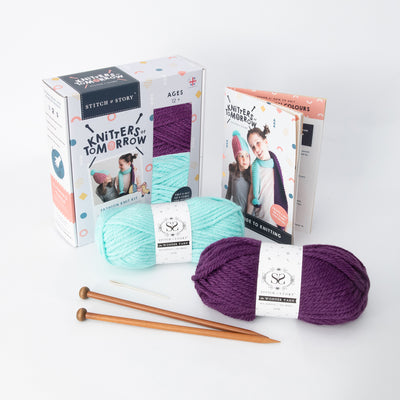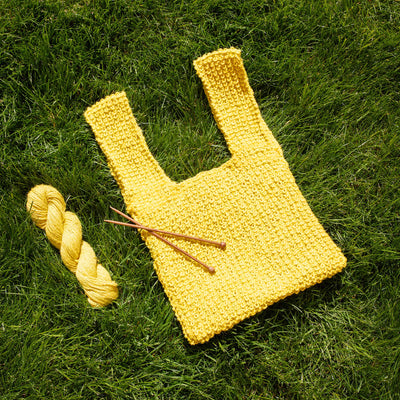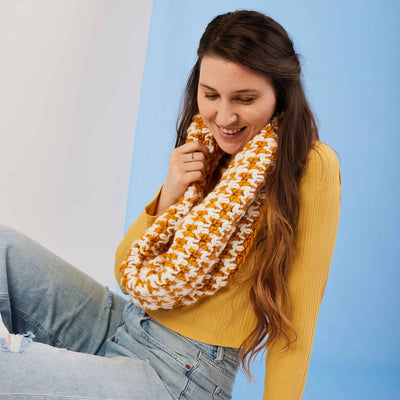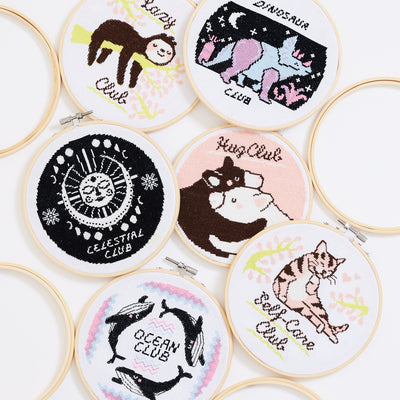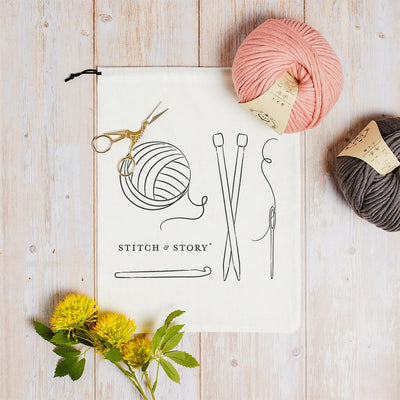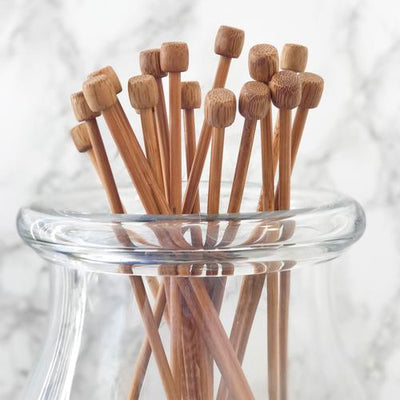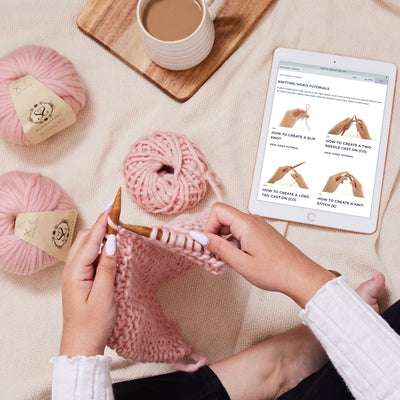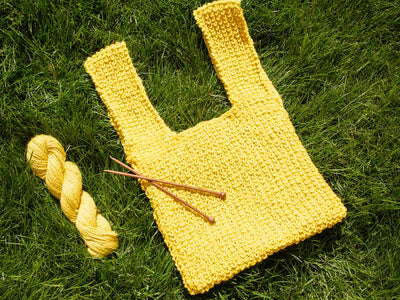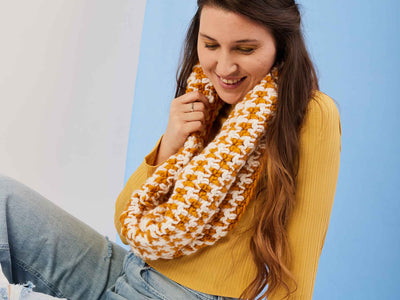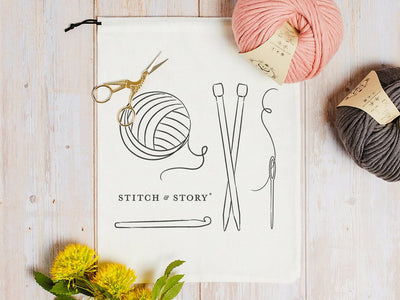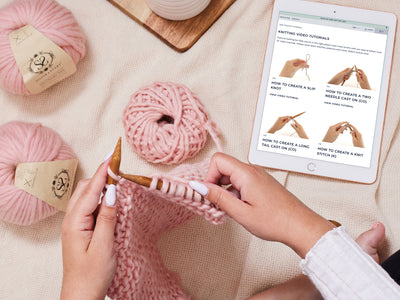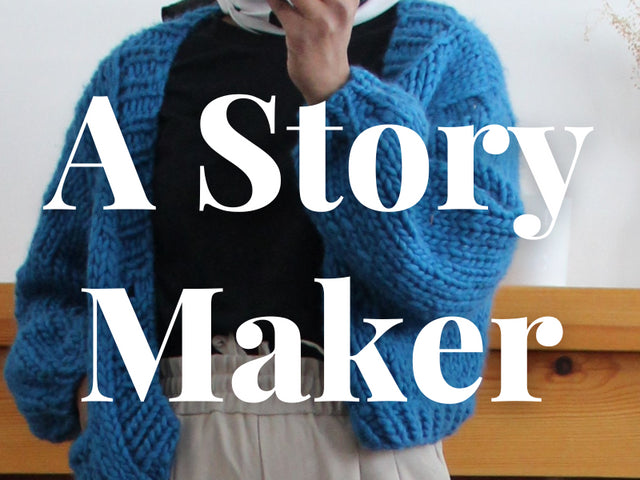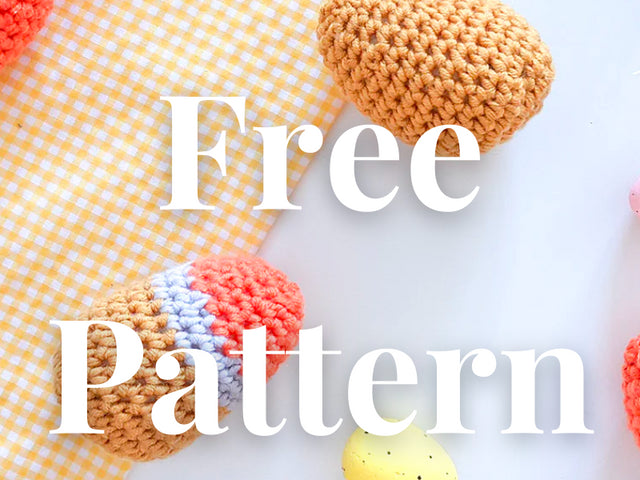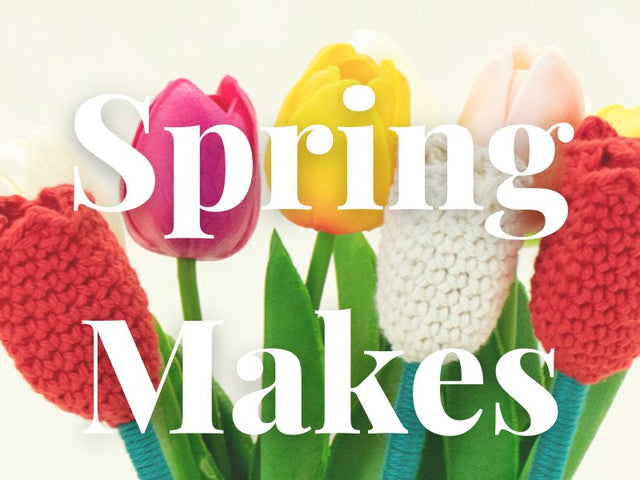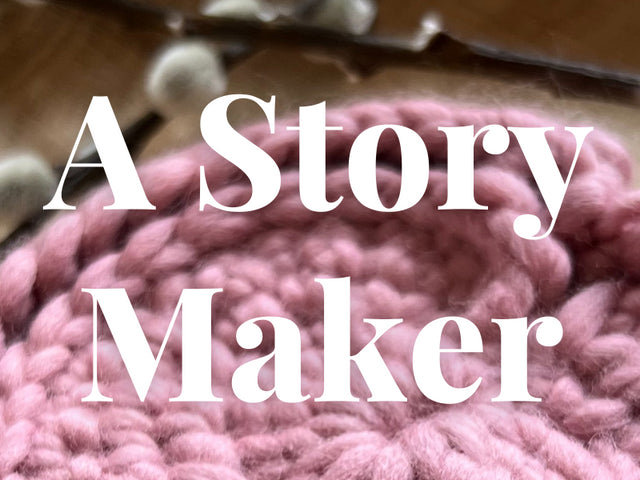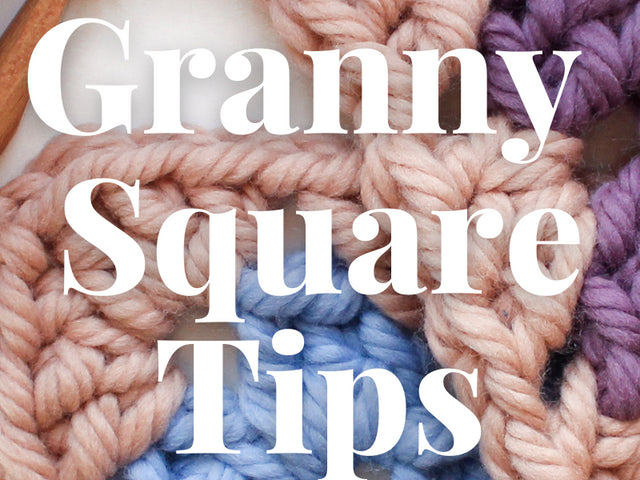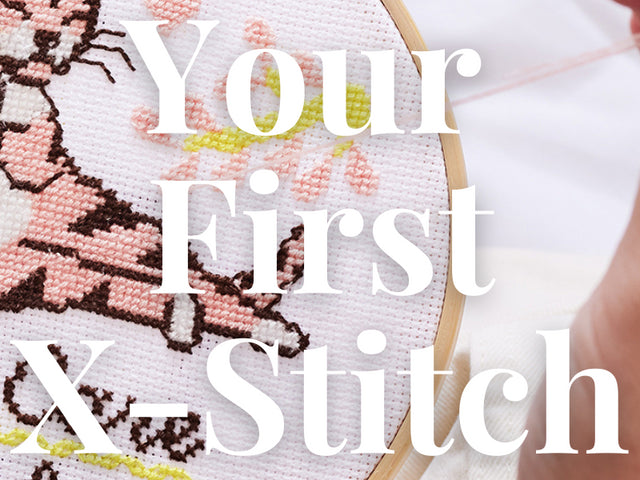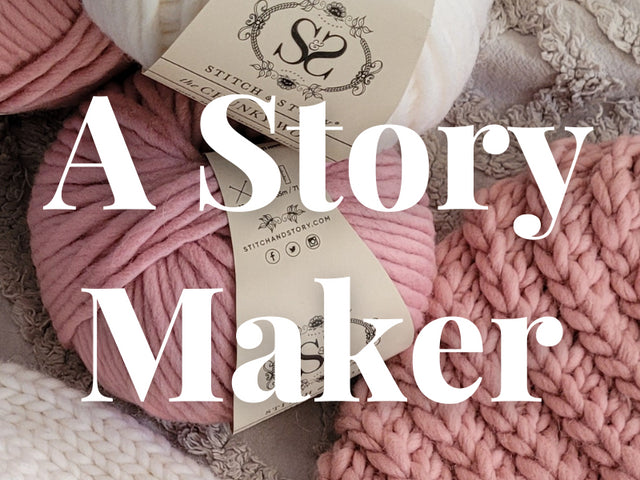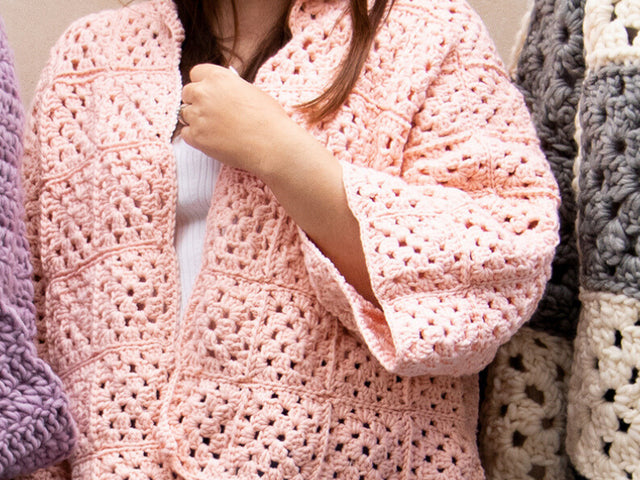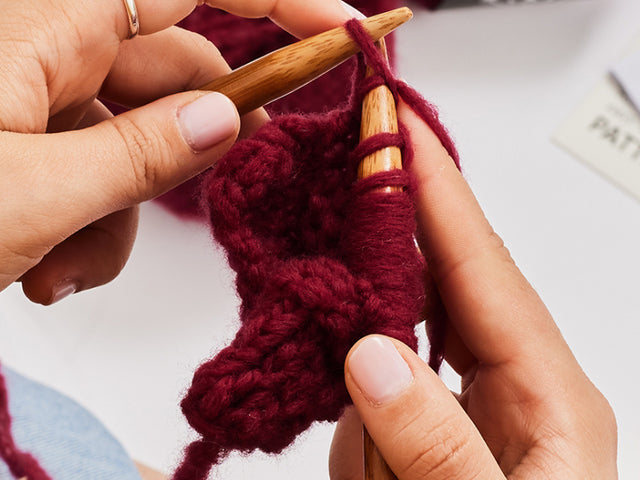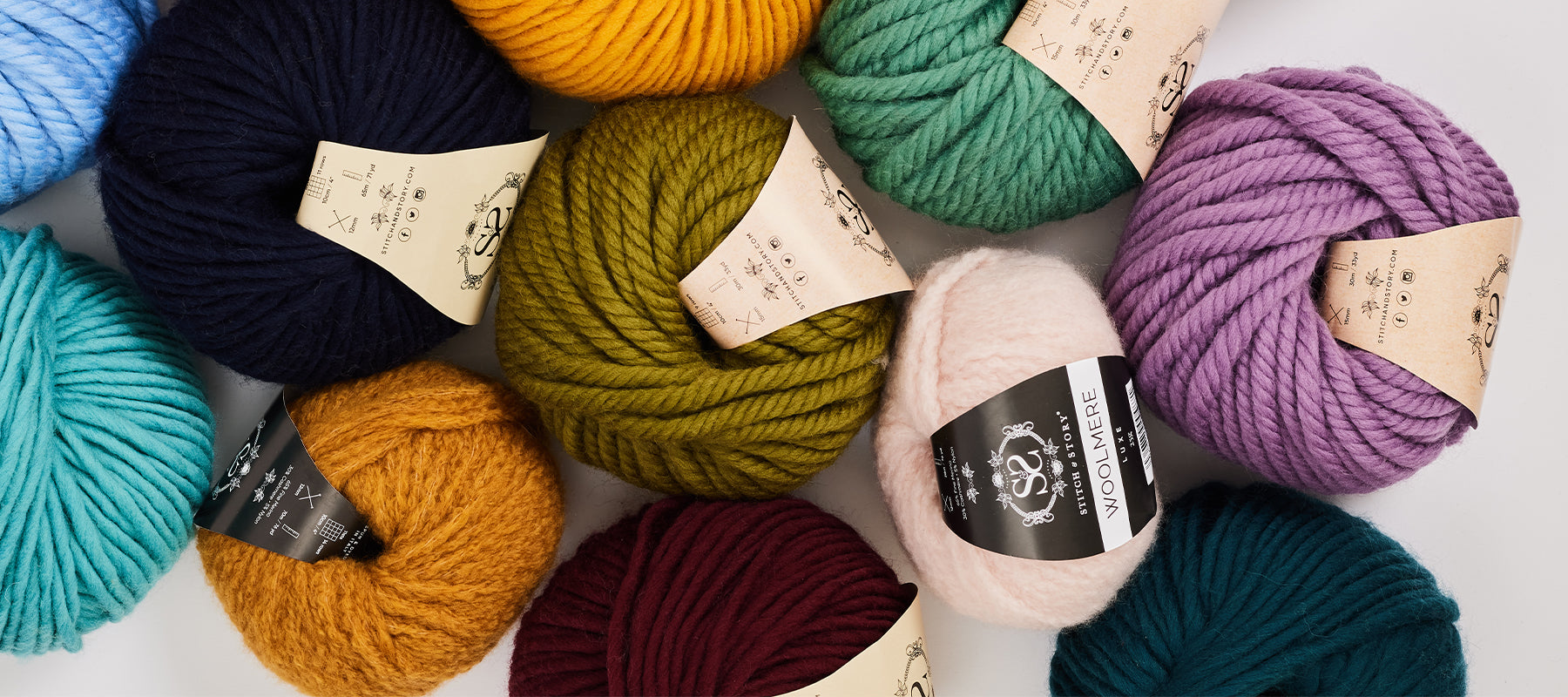
Tips for Choosing Yarn Colours
Crochet | 1 min read time
Find out how to pick the perfect palette for your next project.
An Introduction to Colour Theory
As you may remember from your school days, all colours begin with the 3 primary shades: red, yellow, and blue. The next set of colours are called ‘secondary colours’, made by mixing 2 primary colours together. These secondary shades are green, purple, and orange.
The third tier of colours are called ‘tertiary colours’, and are created when primary and secondary colours are blended together eg. if you mix blue with green, you’ll get a shade of turquoise.

Complementary Colours vs Analogous Colours
Using a colourwheel like the one above is a great way to see which colours sit next to each other (analogous colours), and which are opposite (complementary colours).
Using analogous colours will give your project a more tonal effect, for example, green and blue shades, or orange and yellow shades. Whereas complementary colours will create a bold contrast, such as yellow and purple, or pink and green.

Another option could be to choose a monochrome palette, which doesn’t just mean black and white! A monochrome palette is made up of shades within a single colour (such as different shades of purple).

Choosing your colour combination
When it comes to using colour theory in your crafting projects, there are a couple of things that are worth considering while making your selection:
Stitch definition
The yarn colours you choose can affect how your stitch pattern appears, for example, if your pattern uses lacework, making it in a dark colour can be a great way to showcase the eyelets and spaces in the pattern, but the texture of the stitches themselves may not show up as well as they would in a lighter coloured yarn.
Colourwork
If your pattern uses colour changes such as intarsia or Fair Isle techniques, choosing complementary or analogous shades will affect how well the design shows up. You can create a balance by using yarn shades that work together, but are different enough to bring out the pattern.

Which shades of yarn do you like to put together? Share your photos with a community of crafters on Instagram and Facebook.

